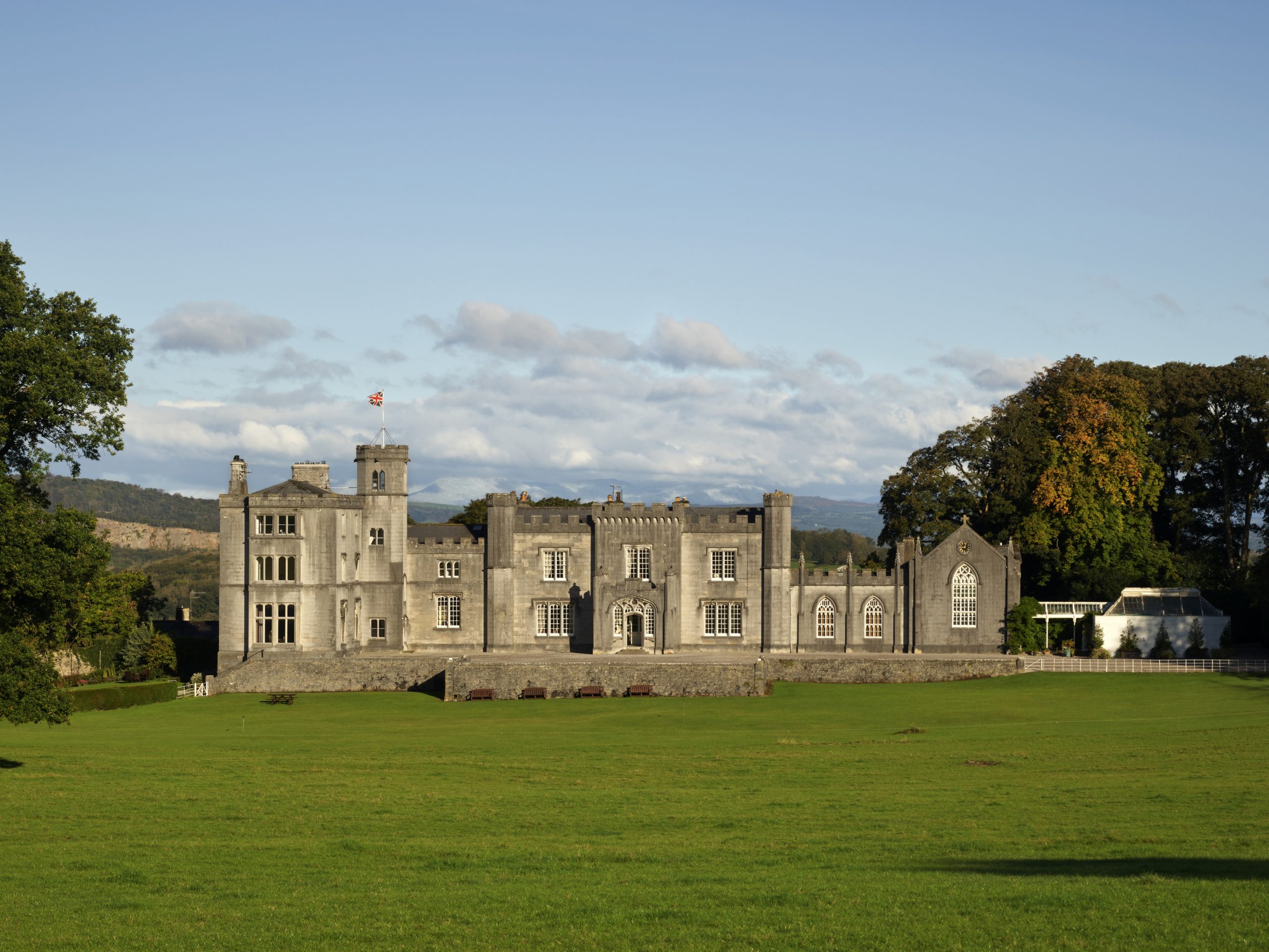Britain's great country house revival — and how it was boosted by the unintended consequence of a temporary tax measure
To celebrate the 50th birthday of Historic Houses, director-general Ben Cowell considers the unlikely importance of tax policy as a spur to its early development.


As the political parties prepare for the next general election, the question of capital taxation is again in the air. Some Conservatives are urging that inheritance tax should be scrapped altogether, whereas the Leader of the Opposition faces calls to commit to a more ‘progressive’ — if not aggressive — approach to capital taxation (although he has, so far, declined to support the idea). What effect either set of changes might make to the healthy, long-term management of our heritage is not discussed.
That’s worrying, because tax and the care of our heritage are inextricably linked. Unfortunately, nor is it a surprise. Exactly 50 years ago, ill-conceived tax proposals helped forge Historic Houses (HH) into the force it now is — effectively, a trade union for country houses. Today, the association represents more than 1,400 houses across the UK, which received some 21 million visits last year, raised more than £1.3 billion for our economy and supported in excess of 33,000 full-time jobs. The delight, interest and wellbeing that these visits generated are beyond calculation. Such contributions should not be lightly overlooked.
The Historic Houses Association — as it was first — evolved from a standing conference of house owners, convened by the British Tourist Authority. It was launched as a fully independent association on November 8, 1973, but came into its own when Harold Wilson’s Labour government assumed power in 1974. The party’s manifesto committed it to a new wealth tax, in addition to the transformation of estate duty into a capital transfer tax.
John Cornforth, then Architectural Editor of Country Life, was commissioned to prepare a report on the state of the nation’s great houses, published in October 1974. He was downbeat about their prospects if the wealth tax went ahead. A few might survive under the auspices of the National Trust, he thought, but the rest were likely to be emptied of their collections and sold for conversion to offices, schools or hotels. Gardens and landscape parks would become golf courses or car parks or would be earmarked for development.
"Any government contemplating new taxes on property needs to think hard about their effects"
The report coincided with a V&A Museum exhibition that offered a stark reminder of what happened when estate duty was introduced in 1894. ‘The Destruction of the Country House’ featured some 1,000 houses that had been pulled down in the past century. The subtext was clear: if chancellor Denis Healey followed through with his (misquoted) threat to ‘squeeze the rich until the pips squeak’, a new tsunami of closures and demolitions would follow.
The HH, working with NADFAS and the National Trust, took advantage of this public awareness to post a petition in various country houses over the summer of 1975. It garnered the signatures of one million visitors. Browbeaten, by the end of that year, Healey announced that all plans for the new wealth tax had been abandoned, for now.
At the same time, inadvertently, he did something that materially shaped the future of the country house. As plans for the wealth tax were being developed, his budget of 1975 introduced the option for owners to ‘conditionally exempt’ their buildings and land, as well as their art collections, against a capital tax charge on death. Intended as a temporary measure, it has survived to the present day. It means that a country house of sufficient heritage significance can escape the 40% bill, if it is kept in good condition and opened to public access for at least 28 days a year.
Sign up for the Country Life Newsletter
Exquisite houses, the beauty of Nature, and how to get the most from your life, straight to your inbox.
As a result, hundreds of historic properties remain as family homes and are open to the public. Rather than a tsunami of destruction, there has been a revival of fortunes. This has been underpinned by a period of prosperity, bolstered by filming work at country houses, echoing the success of Brideshead Revisited, set at Castle Howard, North Yorkshire, in 1981.
Stable blocks and estate lodges began to be converted into holiday accommodation, too. A change in the wedding laws in 1994 meant houses could be licensed to hold marriage ceremonies. More than one-third of HH properties can now be hired as wedding venues.
The enterprise and commitment of owners continues. Undaunted by covid or the culture wars, the custodians of historic houses have demonstrated resilience and self-sufficiency. They do not take public support for granted, but seek actively to broaden it. Pleasingly, houses, castles, parks and gardens remain sought-after destinations and public membership of HH reached record levels this year.
We have come a long way since the gloomy scenarios predicted at the V&A’s ‘Destruction’ exhibition, but we can’t be complacent. Any government contemplating new taxes on property needs to think hard about their effects. Who stands to benefit if financial costs are met by the sale of art collections, of estate lands and, ultimately, the houses themselves?
‘The British Country House Revival’ by Ben Cowell (Boydell & Brewer) will be out next May
Country Life is unlike any other magazine: the only glossy weekly on the newsstand and the only magazine that has been guest-edited by HRH The King not once, but twice. It is a celebration of modern rural life and all its diverse joys and pleasures — that was first published in Queen Victoria's Diamond Jubilee year. Our eclectic mixture of witty and informative content — from the most up-to-date property news and commentary and a coveted glimpse inside some of the UK's best houses and gardens, to gardening, the arts and interior design, written by experts in their field — still cannot be found in print or online, anywhere else.
-
 A mini estate in Kent that's so lovely it once featured in Simon Schama's 'History of Britain'
A mini estate in Kent that's so lovely it once featured in Simon Schama's 'History of Britain'The Paper Mill estate is a picture-postcard in the Garden of England.
By Penny Churchill
-
 Splash! A Century of Swimming and Style: A whistle-stop history, from the Roman Baths to Hampstead Heath
Splash! A Century of Swimming and Style: A whistle-stop history, from the Roman Baths to Hampstead HeathEmma Hughes dives into swimming's hidden depths at the Design Museum's exhibit in London.
By Emma Hughes